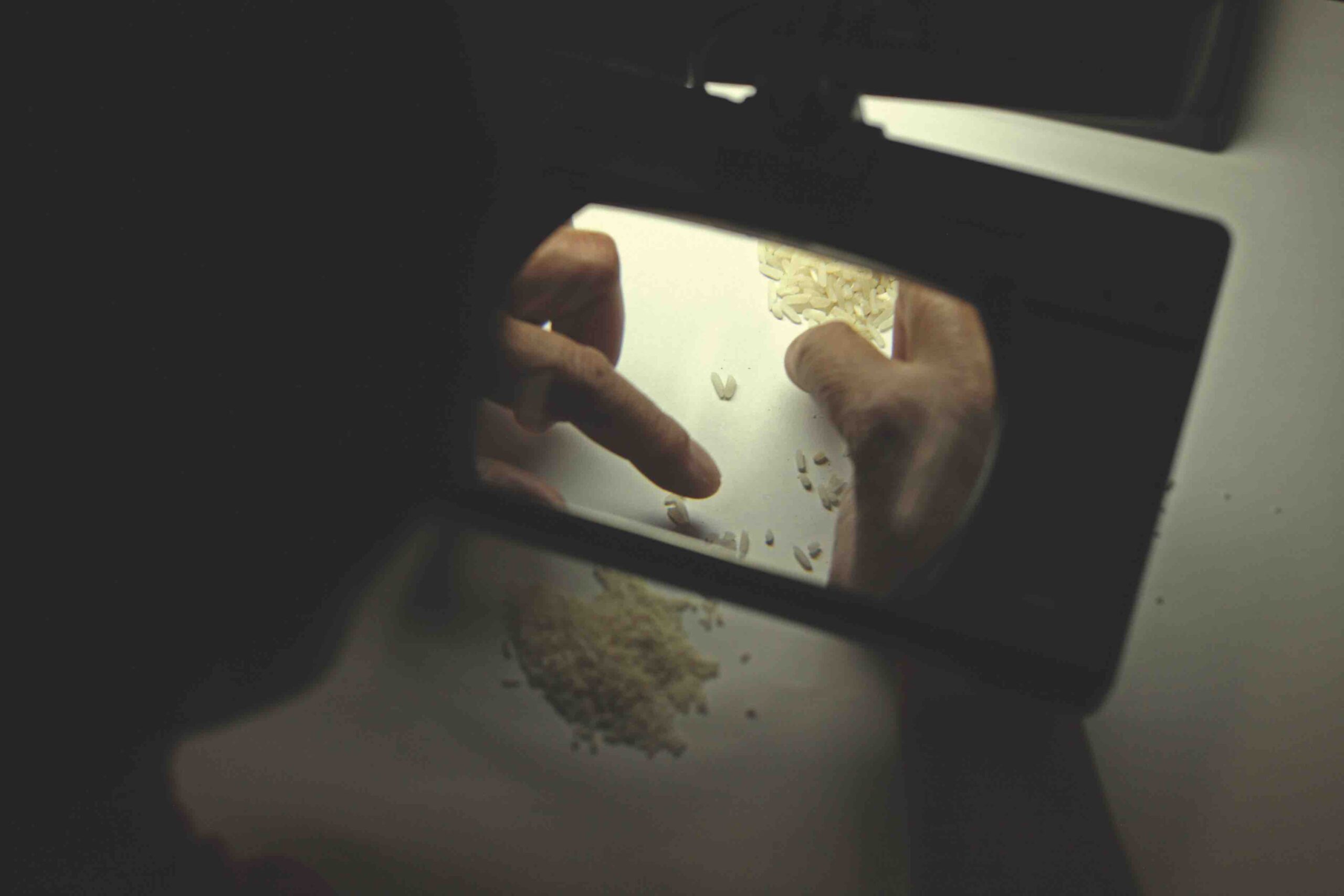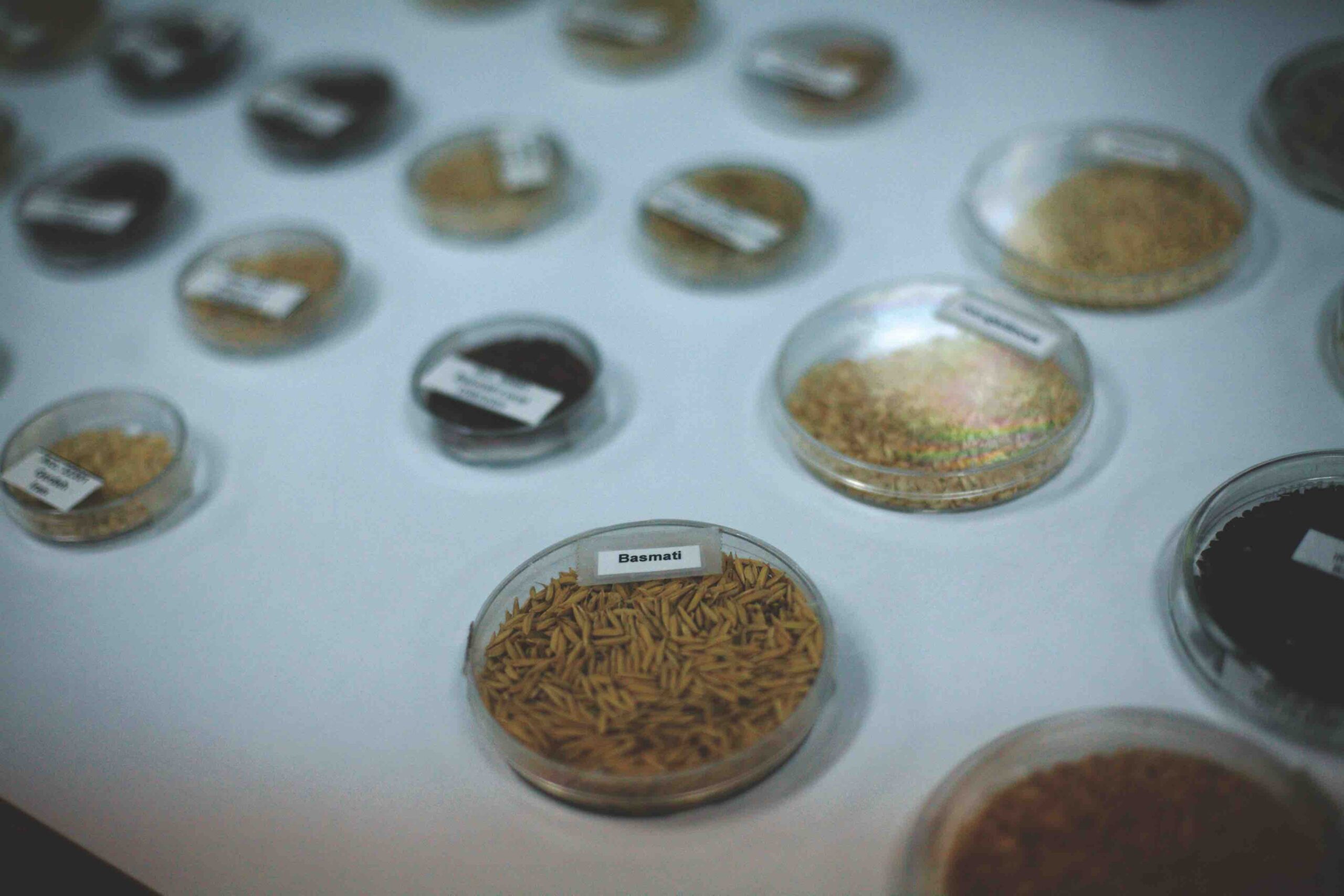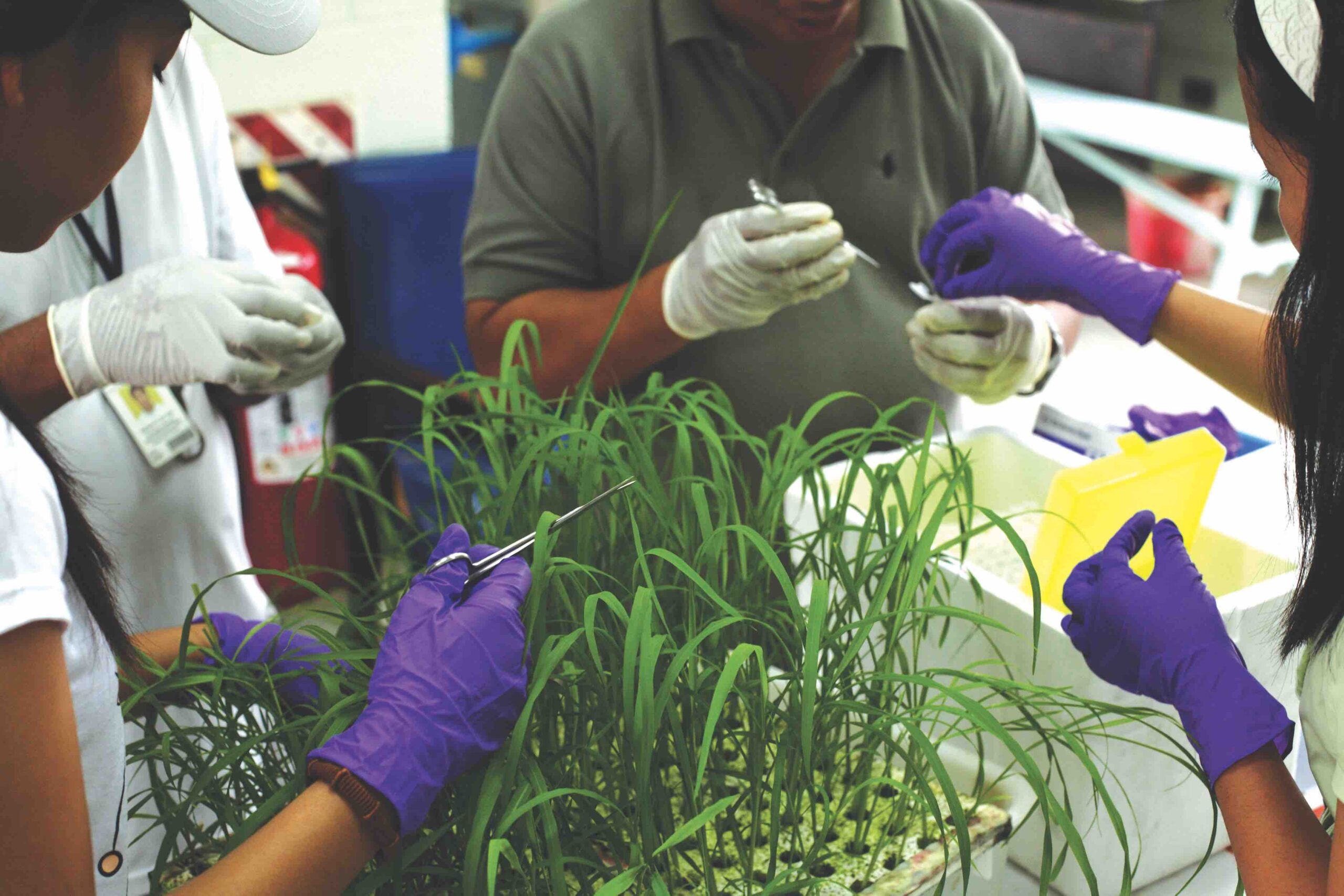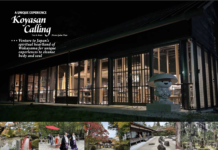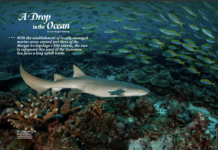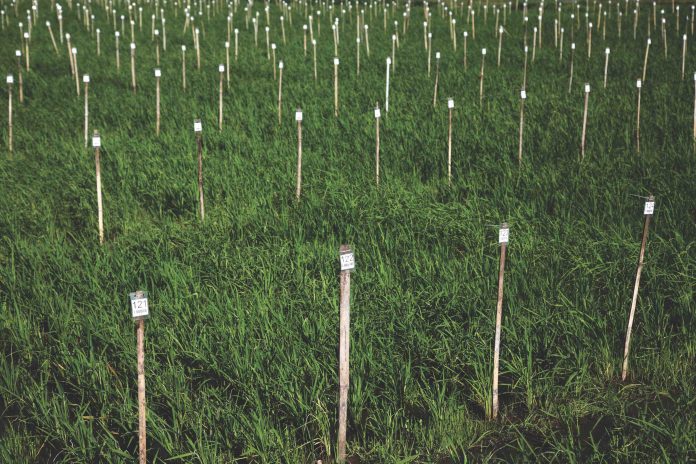
Farmers transplant bright green rice seedlings onto grids drawn on the rich, ankle-deep mud. A few fields away, a water buffalo lazes in its shallow mud pool, its job done, having ploughed these fields earlier to prepare the soil for planting. The farmers, both men and women, bend at the waist and move their arms in a rhythm that goes back hundreds of years. Rice is a delicate crop and the farmers work quickly but with care. They seem impervious to the fierce sunlight though they are clad in long-sleeved shirts and their heads are covered with hats and kerchiefs. It would have been a typical pastoral scene except for the white poster boards that line the fields bearing neat graphs and charts about soil types, rice varieties and dates of planting.
The International Rice Research Institute (IRRI) in Los Baños is 250 hectares of verdant sprawl some 60 kilometres south of Manila. There, its scientists poke, probe and prod rice to greater service for humanity. When IRRI sprang to life in the 1960s it was primarily tasked to develop high-yielding rice varieties to ensure a stable food supply in India, where the threat of famine loomed large. In response, IRRI launched IR8, a cross between Chinese and Indonesian varieties whose promise lay in its talent as a fecund breeder. True to its mission, IR8 bore fruit but needed copious amounts of chemical aid. Nevertheless the first harvest was greeted with much celebration. Similar ventures followed in countries like Cambodia and the Philippines and ushered in what is now known as the Green Revolution in Asia.
While there is no doubt that the Green Revolution staved off what would have been a catastrophic famine in the 1960s, the delirious joy that had accompanied the Green Revolution has given way to a sober assessment of its unintended consequences, such as the environmental and health impact of intensive pesticide and fertilizer use. Further, any discussion about the Green Revolution today is impossible without considering the effects of climate change and population growth, both of which pose newfound challenges to rice production. For instance, in 2008 drought in Australia resulted in a shortfall in rice production worldwide and triggered protests in several countries. Increasing hectares of agricultural land are giving way to residential complexes as the population continues to swell.
Is the time ripe for a second Green Revolution? IRRI’s scientists like to think so. They are developing rice varieties that can withstand flood and drought; rice that is resistant to pests and not as chemical-dependent as their counterparts in the 60s; rice infused with key nutrients; and solar-efficient, higher-yielding varieties. In the simplest terms, IRRI is trying to craft many different kinds of “super rice” to meet a slew of needs and tastes. What does the future hold for rice – a delicate, if not prickly, water guzzling, highly labour-intensive crop – in a planet assailed by climate change?
How will the world’s only international body devoted to the study of this grain ensure environmentally sustainable rice cultivation?
Once upon a time in Mexico
The International Rice Research Institute was the lovechild of the Ford and Rockefeller Foundations, borne out of their attempts to replicate the successful cultivation of high-yield, pest-resistant wheat in Mexico in the 1940s. In 1944, Mexico was importing most of its wheat and the government, in its quest for self-sufficiency, sought help from the Rockefeller Foundation. Norman Borlaug, who would eventually be known as the Father of the Green Revolution and later receive a Nobel Peace Prize for his efforts, led a research team that successfully cultivated high-yielding varieties. By 1963, Mexico was producing and exporting wheat.
For the rest of this article (Asian Geographic No.74 Issue 5 /2010 ) and other stories, check out our past issues here or download a digital copy here
The 25th anniversary of the largest and longest running dive show, Asia Dive Expo (ADEX) is set to occur on the 11-14th April 2019. Centred on the theme – Plastic free Future, ADEX is more than just a dive show with its commitment to the environment. Among an exciting lineup of programs, attendees can look forward to a Future Forward Series of Panel Discussion on the Single-Use Plastic Conundrum in Asia, on 13th April.
So join us at the event, get inspired and for all you know, you might just liberate the inner diver in you! More details of the event here.


